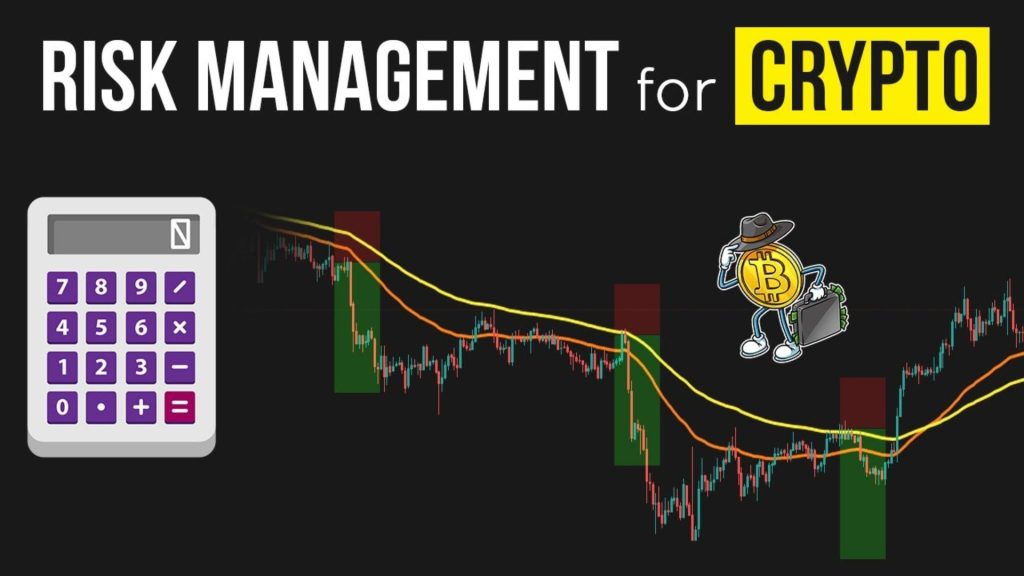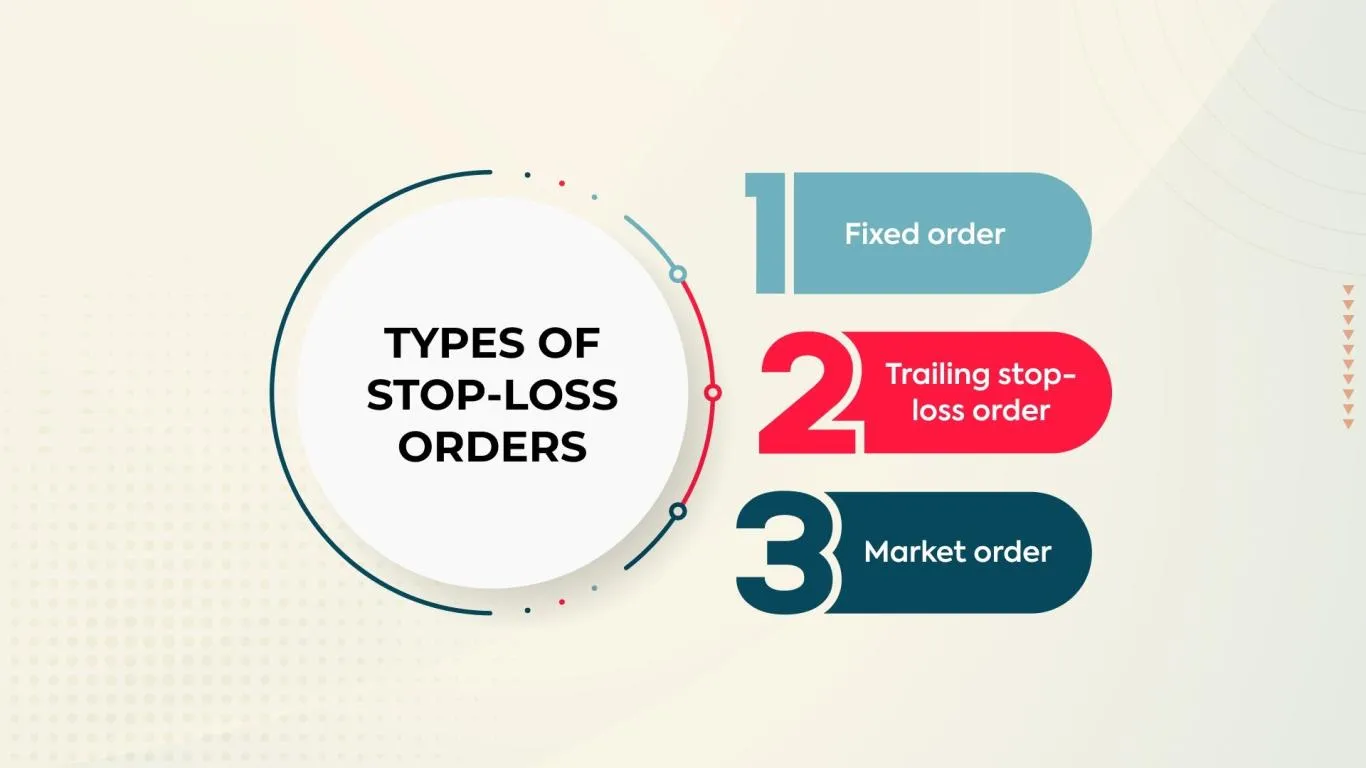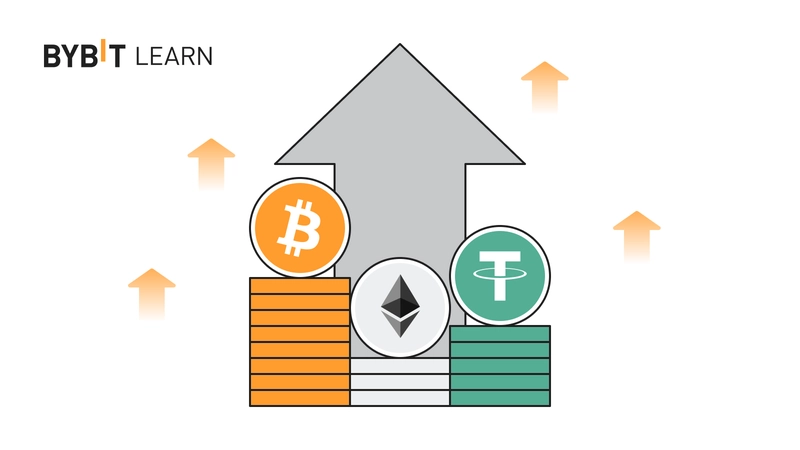
Margin trading has become one of the most powerful tools for cryptocurrency traders, offering the opportunity to amplify profits by leveraging capital. However, this potential for higher profits comes with increased risk, making effective risk management essential to safeguard capital and maintain long-term profitability. Bybit, one of the leading cryptocurrency exchanges, offers a sophisticated margin trading platform where traders can use leverage to control larger positions.
But to succeed in the volatile world of crypto trading, it is crucial to understand and implement the right risk management strategies. In this comprehensive guide, we will explore the importance of risk management in margin trading on Bybit, how to set stop-loss orders, and how diversification can help minimize risks in your trading strategy.
Importance of Risk Management
Risk management is an essential component of any successful trading strategy, especially in margin trading, where the potential for both gains and losses is magnified. Margin trading involves borrowing funds to trade larger positions than you could with your capital alone, allowing for greater potential returns. However, leverage also increases the risk of significant losses, which can wipe out your entire trading account if not managed properly.

Protecting Your Capital
In margin trading, the primary goal should always be to protect your capital. While it may be tempting to take high risks for larger rewards, without effective risk management, a single market move against your position can lead to a complete liquidation. Bybit, like other exchanges, uses a liquidation mechanism that closes your position when the loss reaches a certain threshold relative to your margin. To avoid liquidation and reduce the risk of significant losses, it is critical to implement risk management tools such as stop-loss orders, position sizing, and proper leverage.
Reducing Emotional Decision-Making
One of the main challenges traders face is managing emotions, particularly fear and greed, which can lead to impulsive decisions that harm your trading account. By developing and adhering to a risk management strategy, you create a clear set of guidelines for your trades, reducing the emotional impact of market fluctuations. A well-thought-out plan can help you avoid chasing losses or making over-leveraged trades that you might regret later.
Long-Term Success and Consistency
Effective risk management is crucial for long-term trading success. While it’s possible to achieve short-term gains through high-risk strategies, these gains are often unsustainable and can be quickly reversed by a few bad trades. By focusing on preserving your capital and limiting risk on each trade, you are more likely to maintain consistency and profitability over the long term. Remember, it’s not about how much you make on each trade but how much you lose. Minimizing losses is key to surviving the inevitable losing streaks that every trader faces.

Setting Stop-Loss Orders: The Key to Limiting Losses
Stop-loss orders are one of the most important tools in a trader’s risk management arsenal. A stop-loss is a pre-set order that automatically closes your position at a predetermined price if the market moves against you. By setting a stop-loss, you limit the potential loss on any trade, helping to protect your capital from large, unpredictable price swings.
How Stop-Loss Orders Work
In margin trading on Bybit, when you open a leveraged position, you have the option to set a stop-loss order. For example, if you open a long position on Bitcoin at $30,000 and want to limit your loss to 5%, you can set a stop-loss at $28,500. If the price of Bitcoin falls to $28,500, Bybit will automatically close your position, limiting your loss to 5% of your investment. This automatic exit strategy prevents you from having to monitor the market constantly, which can be particularly useful in volatile markets.
Benefits of Stop-Loss Orders
- Prevention of Major Losses: The primary benefit of stop-loss orders is that they help prevent your losses from becoming too large. Without a stop-loss, you may hold on to a losing position in the hope that the market will turn in your favor, but this can result in significant losses if the market continues to move against you.
- Emotion-Free Trading: By setting stop-loss orders ahead of time, you take the emotional aspect of trading out of the equation. This prevents you from making impulsive decisions during a downturn and helps you stay disciplined.
- Risk-to-Reward Ratio: Stop-loss orders help traders maintain a favorable risk-to-reward ratio. For example, if you set a stop-loss at 5% below your entry price and aim for a 15% profit target, your risk-to-reward ratio would be 1:3. This means you’re willing to risk 1 unit of capital for the chance to gain 3 units of capital. Maintaining a favorable risk-to-reward ratio is crucial for long-term profitability.
Stop-Loss Strategies for Bybit Margin Trading
When setting a stop-loss on Bybit, you should consider various factors, such as market volatility, your trading strategy, and position size. Here are some strategies to help you implement stop-loss orders effectively:
- Trailing Stop-Loss: A trailing stop-loss is a dynamic stop-loss order that moves with the market. If the price moves in your favor, the stop-loss price will adjust accordingly, helping you lock in profits while still giving your position room to grow. This is particularly useful for trending markets as it allows you to capture profits while protecting yourself from a sudden market reversal.
- Percentage-Based Stop-Loss: A percentage-based stop-loss is an easy way to limit losses according to a fixed percentage of your position size. For example, you may decide that you are willing to risk 3% of your capital on each trade. If the price moves against you by 3%, your stop-loss will trigger, closing the position.
- Volatility-Based Stop-Loss: This strategy uses the average true range (ATR) to set stop-loss orders based on market volatility. When the market is highly volatile, you can set wider stop-loss levels to avoid being prematurely stopped. Conversely, in low-volatility markets, you can use tighter stop-loss orders to protect against small price fluctuations.

Diversification in Margin Trading
Diversification is a common risk management strategy used by investors in various financial markets, including margin trading. Diversification involves spreading your capital across multiple assets, strategies, or positions to reduce the risk of a total loss. In margin trading on Bybit, diversification can be an effective way to minimize exposure to market volatility and reduce the impact of losing trades.
How Diversification Works in Margin Trading
In the context of margin trading, diversification means avoiding putting all your capital into one single trade or asset. Instead, you could spread your trades across different cryptocurrencies, asset pairs, or even different trading strategies. For example, rather than placing all your margin trades on Bitcoin, you could diversify by also trading Ethereum, Litecoin, and other altcoins. By diversifying, if one asset experiences a significant price drop, the other assets in your portfolio might perform better and help offset the loss.
Benefits of Diversification
- Lower Risk Exposure: Diversification reduces the risk that a single trade or asset will result in a major loss. Cryptocurrency markets can be highly volatile, and price swings in one asset can be very different from another. By spreading your investments, you are less likely to experience a total loss on your entire portfolio.
- Smoothing Returns: With a diversified portfolio, you can smooth out the overall volatility of your trading results. While one asset may be in a downtrend, others may be in an uptrend, which helps balance out the fluctuations in your account balance.
- Increased Opportunities: Diversification allows you to take advantage of different market trends and trading opportunities. Different assets may behave differently in various market conditions, and by trading a variety of cryptocurrencies or using different strategies, you increase your chances of finding profitable opportunities.
How to Diversify Effectively in Margin Trading
To diversify effectively in margin trading, follow these guidelines:
- Trade Multiple Pairs: Instead of focusing on just one or two assets, consider trading different pairs on Bybit. For example, you can trade BTC/USDT, ETH/USDT, and ADA/USDT, among others. This allows you to take advantage of the unique price movements of each asset.
- Use Different Timeframes: Another way to diversify is by trading on different timeframes. For example, you could take short-term positions on smaller timeframes like 15-minute or hourly charts, while also holding longer-term positions on daily or weekly charts. This can help you capture different market cycles.
- Implement Different Strategies: You can also diversify by using different trading strategies. Some traders use technical analysis, while others may prefer fundamental analysis or sentiment analysis. Using a variety of strategies helps you avoid becoming too reliant on one approach.

Conclusion
Effective risk management is a critical aspect of margin trading success on Bybit. As leverage amplifies both potential profits and losses, it is essential to take a proactive approach to protect your capital. Setting stop-loss orders is one of the most straightforward ways to limit potential losses and manage risk. Diversifying your trades across different assets and strategies helps reduce exposure to market volatility and prevents large losses from one bad trade. Bybit provides a wide range of tools and resources to help you implement these risk management strategies effectively.
In 2025, margin trading on Bybit remains a powerful opportunity for traders to capitalize on market movements, but it also requires careful planning, discipline, and risk management. By understanding the importance of risk management, setting stop-loss orders, and diversifying your trades, you can increase your chances of achieving long-term profitability while minimizing the impact of adverse market conditions.























